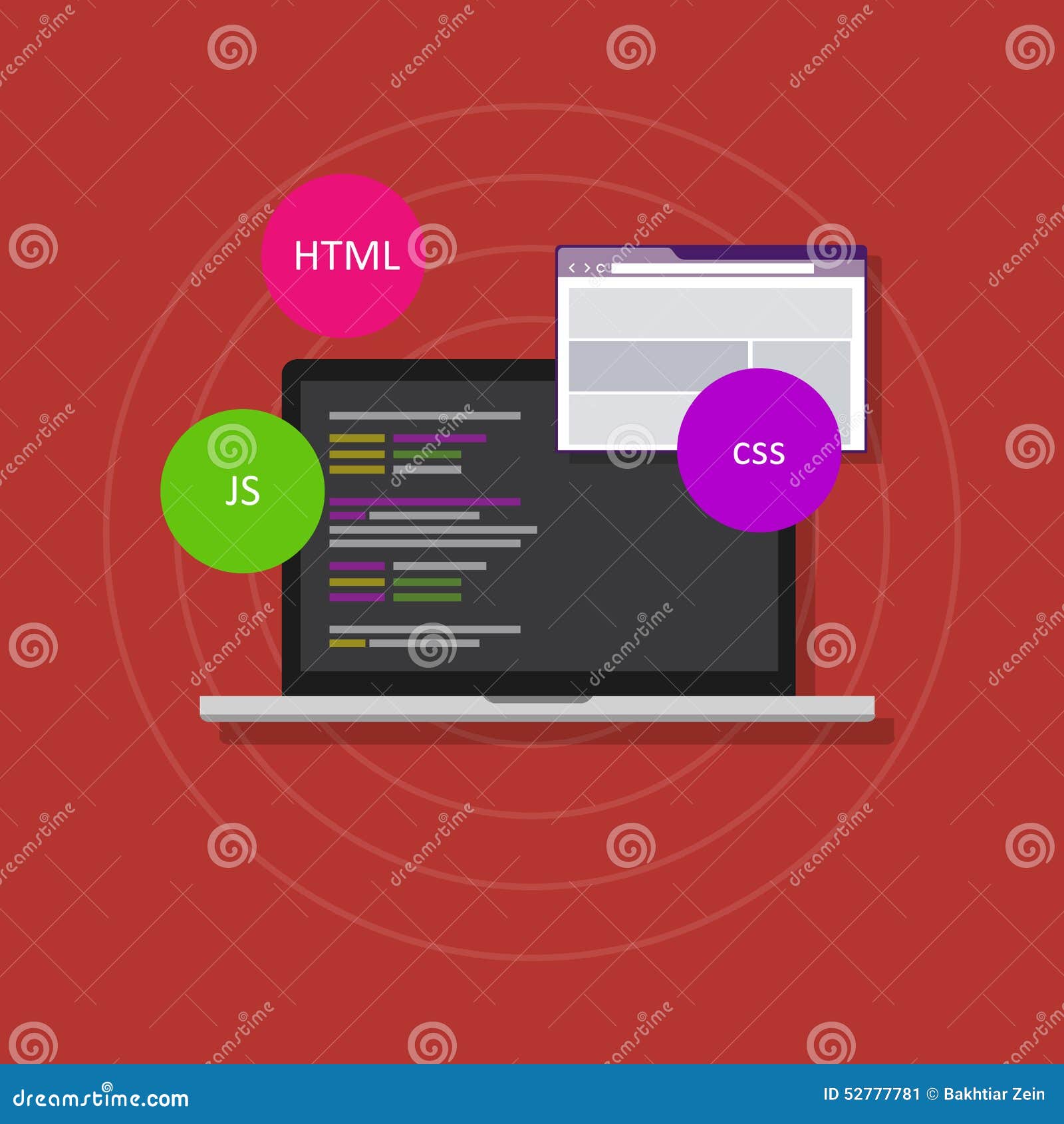Unveiling the Artistry of Web Development: A Journey Through Code
In the vibrant world of web development, the fusion of technology and creativity propels the digital landscape forward, shaping the virtual experiences we encounter daily. From the intricate dance of code that orchestrates responsive web designs to the harmonious blend of front-end frameworks and backend technologies, web development is an art form meticulously crafted to deliver seamless user interactions across diverse platforms.
At the core of this artistry lie concepts like progressive enhancement and graceful degradation, guiding developers to build robust web applications that adapt gracefully to varying environments. With a canvas painted in MVC architecture and ORM principles, web developers sculpt dynamic experiences enabled by the intricate dance between client and server, brought to life through the magic of API development. From WebSockets to GraphQL APIs, the web serves as a playground where data flows seamlessly, paving the way for sophisticated CRUD operations that deliver content with finesse.
Core Concepts of Web Development
In the realm of web development, understanding the core concepts is essential for building robust and user-friendly digital experiences. From the front-end to the back-end, various aspects come into play to ensure a seamless and functional website or web application. Key elements such as Responsive Web Design and Cross-platform Development enable websites to adapt to different screen sizes and devices, providing a consistent user experience across platforms.
Progressive Enhancement and Graceful Degradation are principles that guide developers in creating websites that function well on a wide range of devices, browsers, and network conditions. By progressively enhancing the user experience based on the capabilities of the user's device, developers can ensure that the website remains accessible and usable for all users, regardless of their technology limitations. Graceful Degradation, on the other hand, focuses on maintaining website functionality even when certain features are not supported, ensuring a fallback option for users using older browsers or devices.
Front-end Frameworks play a pivotal role in streamlining the development process by providing pre-built components and structure for building modern web interfaces. These frameworks, such as React, Angular, or Vue.js, offer developers the tools needed to create dynamic and interactive user interfaces efficiently. Likewise, Backend Technologies, including databases, servers, and server-side programming languages like Node.js or Python, power the logic behind the scenes, handling data storage, retrieval, and computational tasks to support the front-end interactions seamlessly.
Web Performance Optimization Techniques
In the fast-paced world of web development, performance optimization is a key aspect that can make or break user experience. One crucial technique is Code Splitting, which involves breaking down the codebase into smaller chunks that are loaded only when needed. This reduces initial loading times and improves overall site speed.
Another effective strategy is Minification, which involves removing unnecessary characters and spaces from code files without affecting functionality. This results in smaller file sizes, faster downloads, and improved page load times. By reducing the size of CSS, JavaScript, and HTML files through minification, web developers can significantly enhance performance.
Web performance can also be enhanced through Lazy Loading, a technique that defers the loading of non-essential resources until they are needed. By implementing lazy loading for images, videos, and other content below the fold, websites can achieve faster initial page loads and better resource allocation for critical content.
Testing and Code Quality in Web Development
In the realm of web development, ensuring robust testing practices and maintaining high code quality are paramount for delivering reliable and efficient web applications. Testing serves as a crucial aspect of the development process, encompassing various levels such as unit testing, integration testing, and end-to-end testing. Pluralsight testing methodologies help developers identify and rectify bugs and issues early in the development cycle, fostering a more stable and consistent product.

Code quality plays a vital role in the sustainability and maintainability of web projects. Leveraging tools like ESLint and Prettier enable developers to enforce coding standards and formatting conventions across the codebase. Additionally, conducting code reviews amongst team members helps promote collaboration, knowledge sharing, and adherence to best practices. By prioritizing code quality, developers can enhance the readability, efficiency, and scalability of their code, ultimately leading to more resilient applications.
Furthermore, the incorporation of testing frameworks such as Jest, Mocha, Chai, Jasmine, Cypress, and Selenium aids in automating the testing process, allowing for quicker feedback loops and more efficient bug detection. Embracing user testing, A/B testing, and split testing enables developers to gather valuable insights from actual users, facilitating iterative improvements and enhancing the overall user experience. By integrating rigorous testing practices and prioritizing code quality, web developers can elevate the standard of their work and deliver exceptional web solutions.